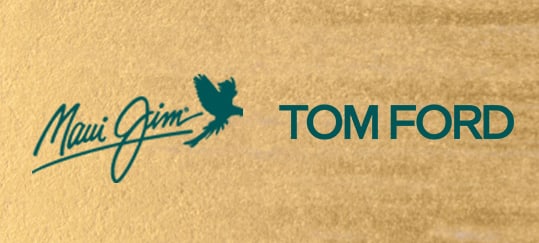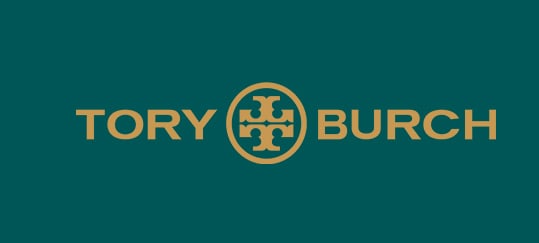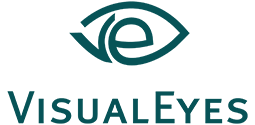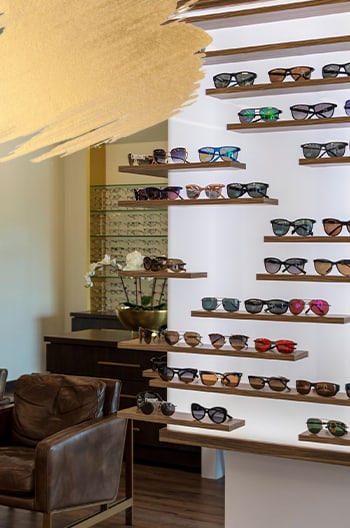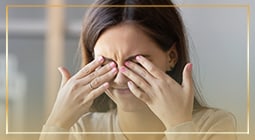See Clearly with a Customized Contact Lens
At VisualEyes, our goal is to help you protect and enjoy your vision. Contact lenses can offer convenience and a natural, wider field of view, but finding the right fit and comfort requires a personalized approach.
Our comprehensive contact lens exams and fittings allow us to customize your lenses to your prescription and lifestyle needs. Whether you currently wear contact lenses or are considering making the switch, our dedicated team is here to guide you toward a comfortable fit.
Schedule your contact lens exam with us today, and let’s start your journey to enhanced vision!
Book Appointment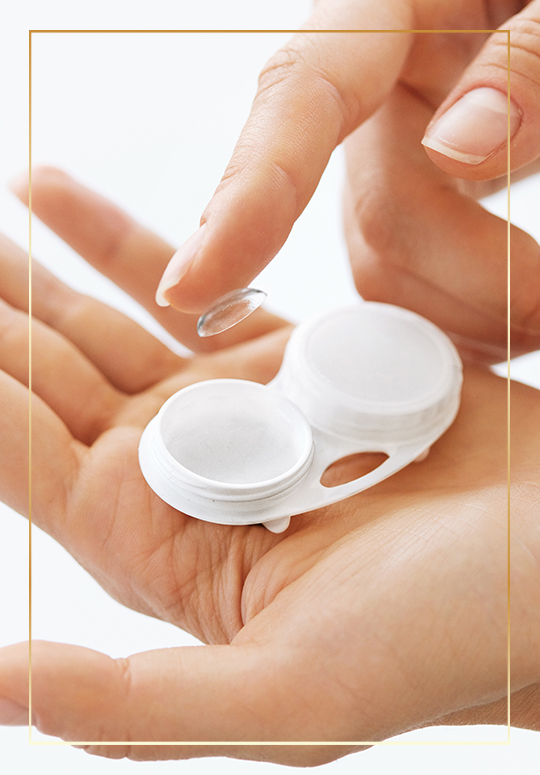
Why Do Patients Need a Contact Lens Exam?
Regular eye exams are crucial for evaluating overall health, but they don’t provide the precise measurements necessary for determining a contact lens prescription.
Since the lens directly contacts the surface of the eye, it requires extra attention to assess factors like cornea curvature, eye health, tear quality, and the condition of the eye’s surface.
What to Expect During Your Contact Lens Exam
The goal of a contact lens exam is to find a fit and lens type that provides comfort and clarity. Whether you wear lenses occasionally or daily, you need a fit that preserves your eye health. When you visit us for a prescription update, we examine how your eyes have changed with contact lens wear.
Our comprehensive contact lens exam includes determining your precise prescription, evaluating your eye health, and discussing your vision needs. You’ll receive a trial pair to take home, and we’ll schedule a follow-up appointment. At your next visit, we’ll reassess the fit and your eye health. After we confirm that the fit is healthy and comfortable, we’ll order your prescription.
Cornea Size & Curvature
A device called a corneal topographer is used to measure the eye’s surface and curve by analyzing how light reflects off your cornea. This test enables your eye doctor to determine an appropriate size and base curve for your contact lenses.
Pupil & Iris Size
Contact lenses cover the center part of the eye (the cornea), which includes the pupil (opening of the eye) and iris (colored part of the eye). Measuring these can determine which size contact lenses are most appropriate for you.
Tear Film Evaluation
Dry eye can irritate the eye’s surface, making it difficult to wear your lenses. If you have severe dry eye or dry eye syndrome, we may recommend avoiding contact lenses until after dry eye treatment. However, if you have mild dry eyes, we can prescribe contact lenses that are designed for dry eyes.
We Offer A Range of Contact Lens Types
At VisualEyes, we can help you find a customized match for your prescription and lifestyle needs. Our extensive range includes both standard and medically-necessary contact lenses, such as scleral lenses and KeraSoft (thinner lenses designed for patients with keratoconus).
Whether you prefer the flexibility of soft lenses or the crispness of rigid gas-permeable lenses, we offer a wide selection to cater to your unique preferences. Our dedicated team is trained to help you find a comfortable and healthy fit for your lenses, so you can experience clear, comfortable vision.
Visit us today for tailored contact lens solutions.
Scleral Lenses
Scleral lenses are designed to vault over the entire corneal surface and rest on the sclera (white part of the eye). The rigid material creates a smooth optical surface to correct vision problems caused by an irregular cornea, such as keratoconus.
Additionally, the space between the lens and the eye acts as a fluid reservoir, promoting healing, improving oxygen flow, and preventing dehydration. Scleral lenses can effectively correct vision in cases where traditional contact lenses aren’t suitable due to severe dry eye, keratoconus, or irregular astigmatism.
Aspheric Lenses
Traditional contact lenses have a uniformly curved surface, mirroring the natural contour of the eye. But aspheric lenses have varying curvatures across the surface, with curvature changing more significantly towards the lens edge. The variations in curvature can help prevent optical aberrations—when light spreads out instead of focusing to form a sharp image.
The curved design of these lenses enhances visibility, especially in low-light environments, by concentrating light to a focal point instead of dispersing it. This prevents light from scattering across multiple points, resulting in clearer vision.
Toric Lenses
Standard contact lenses are designed to match the natural rounded shape of the eye, providing clear vision for most people. However, individuals with astigmatism face the challenge of having uneven curves on the eye’s surface, which can result in blurry vision.
Toric lenses have a flat surface that manipulates the way light enters the eye, compensating for uneven curves. The lenses feature a small weight near the edge of the lens so that the lens can maintain proper alignment. By maintaining this alignment, toric lenses can provide sharper vision correction for individuals with astigmatism.
Multifocal Lenses
Multifocal lenses feature multiple focusing powers or prescriptions within a single lens. The lenses are designed to allow for seamless transitions between near and far distances, offering individuals with presbyopia (blurry near vision) and myopia (blurry distance vision) the convenience of wearing a single lens for crisp, clear vision.
Multifocal contact lenses are available as soft contact lenses or rigid gas permeable (RGB) lenses.
Visit Us for Quality, Clarity, & Comfort
VisualEyes is dedicated to offering quality vision care tailored to your eye health and lifestyle needs. Schedule an appointment at VisualEyes today so we can help you find your fit.
Book AppointmentOur Brands

